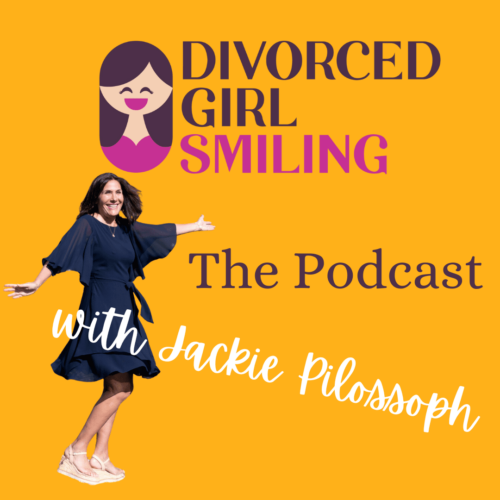Income vs. Savings: A Giant Misconception
It’s breakfast time, you’re hungry, and I’m offering you two options:
- A healthy, adult hen
- Two dozen eggs
Your first thought is probably: “Seriously? It’s just breakfast. I don’t want a live chicken running around my house.”
Forget that thought for now.
If you’re like me, your mind next asks, “If I do choose the chicken, how many eggs can I expect over time? What’s the risk the chicken doesn’t get to two dozen eggs? Am I willing to wait for two dozen – or hopefully more – eggs to arrive?”
When we know those answers, we can make a smart decision. It’s a time value of chicken question. It’s why Warren Buffett recites Aesop’s fables.
A similar mathematical question lies at the heart of financial planning: how do we compare lump sum savings against a stream of income?
The question might sound simple. But people get it wrong all the time, and their financial lives are at stake.
Savings vs. Income: Would You Rather?
Would you rather have $140,000 today or $10,000 yearly for life? David Blanchett and Michael Finke posed that question in a study published by an annuity industry group.
Yes – we should Exercise caution. It’s natural for an annuity industry group to publish pro-annuity media, and this study is certainly pro-annuity, as we’ll see. In general, I’m not a fan of annuities. Nevertheless, I think the study’s results are directionally accurate.
This is a hen vs. eggs question! $10,000 per year is like our hen: a steady income stream. The $140,000 is like our eggs: a big lump sum all at once., The study points out that person could use their $140,000 to buy an income annuity and guarantee themselves $10,000 per year for life. In other words, the two options are functionally identical.

However, study respondents don’t see the options as identical. Instead, most respondents prefer the $10,000 per year for life. It’s viewed as safer and more accessible to spend. The logic is:
If someone knows another $10,000 is coming next year, they’re willing to spend the $10,000 they receive this year.
But the lump sum doesn’t inspire that same confidence because it all depends on if or how you invest it. What if I spend down the $140,000 to nothing?! I’d much rather have the $10,000 per year at that point.
This is Loss Aversion 101. If you can guarantee a person won’t lose – just as the stream of income guarantees – that person is biologically biased to see that option as more appealing. Even if it isn’t!

The Big Problem
The problem with this “income vs. savings” logic becomes evident if we tweak our numbers.
What if I offer you a $200,000 lump sum vs. $10,000 yearly?
The pure math tells us it’s a no-brainer. Choose the lump sum! You could use that lump sum to produce an income stream greater than $10,000 annually.
But some would ask, “Can you guarantee that income? Or are you making a bet that you likely can produce more than $10K per year? What if you’re wrong?” And because of that risk of being wrong, they would still choose the $10K per year.

How does someone overcome this bias?
According to the study mentioned above, a simple income annuity would help by converting the $200,000 lump sum into a $14,000 per year guaranteed income stream, crushing the $10,000 per year option.
Note: the study’s ratio of $140,000 lump sum to $10,000 annual income stream suggests internal rates of return of: 0% over 14 years, 3.7% over 20 years, 5.8% over 30 years, and 6.6% over 40 years. This aligns well with Schwab’s guaranteed annuity payouts, as of this writing.
But as I’ve explained here before on The Best Interest: do you want to run the risk of a 0% return for 14 years simply to achieve the “nirvana” of 6.6% annually for 40 years?
That doesn’t work for me.
Quick Aside: Dividend Stocks!
The same faulty logic of “income >> lump sum” exists in the world of dividend stocks.
One of the greatest myths about dividend stocks is that they’re inherently superior to other stocks because they produce a dividend income stream. (Here’s a complete breakdown of all the faulty dividend stock logic.)
The income allure of dividend stocks convinces many retirees to stock their portfolios full of them. “You can get a 6% per year dividend AND still own your stock at the end of the day!”
A more diversified stock portfolio might “only” pay a 2% dividend while its price increases 8% a year (over the long run). If a retiree wanted to live off this second portfolio, they would have to sell some of their shares. That selling begs a scary question: What if we sell and sell again and again until we run out of stocks?!
The same question scares people looking at the $140,000 lump sum: what if we spend and spend again and again until we run out of Money?! They opt for a steady income stream. They opt for dividend stocks.
Their normal, understandable monkey brains overvalue the income stream and undervalue the lump sum. Don’t be that monkey!

What To Do Instead?
One of my goals here at The Best Interest is to instill confidence. Specifically, the confidence that a diversified portfolio can achieve particular performance goals over sufficiently long periods.
Not without risk, mind you. That’s important. To achieve investment reward, we must assume investment risk. But I want to instill confidence that you can assume some risk (however much is appropriate for you) and good things will happen over long periods of time.
Such a portfolio can translate a lump sum into an income stream or an income stream into a lump sum. We need to fight the urge to overvalue one over the other.
Specifically, we need to have enough confidence in math to overcome our monkey loss aversion that overvalues income and undervalues a lump sum of money.
I’m not sure that confidence can be spoken into existence – at least not in the short-term. But with enough smart evidence and time, confidence builds.
Maybe even enough confidence to choose that chicken over the eggs.
Thank you for reading! If you enjoyed this article, join 8000+ subscribers who read my 2-minute weekly email, where I send you links to the smartest financial content I find online every week.
-Jesse
Want to learn more about The Best Interest’s back story? Read here.
Looking for a great personal Finance book, podcast, or other recommendation? Check out my favorites.
Was this post worth sharing? Click the buttons below to share!

























